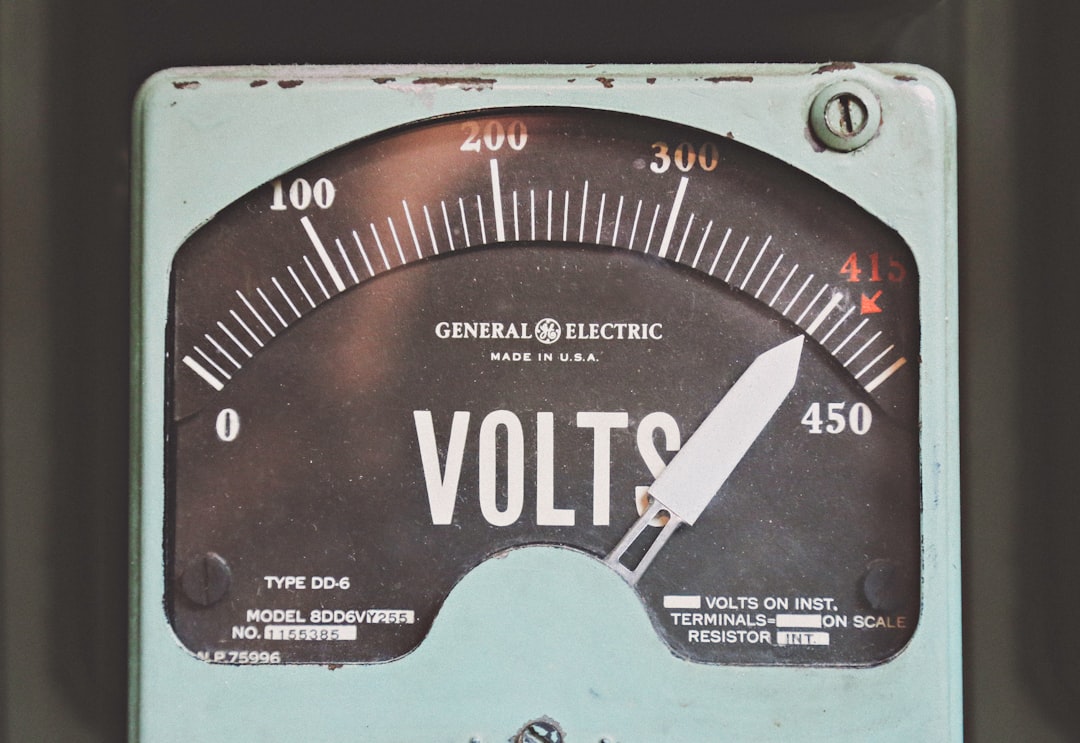

Techniques for Reviving Lithium-Ion Batteries: A Detailed LookUnderstanding Battery ReconditioningBattery reconditioning is the process of bringing a battery back to life, restoring it to its full operational capacity. By understanding the importance of thermal management in battery care, you ensure better performance from your reconditioned units while saving money and reducing environmental impact over time.
Always wear appropriate protective gear such as gloves and goggles; ensure your work area is well-ventilated; never attempt to disassemble a sealed battery unit. Each technique aims to restore capacity and reduce internal resistance caused by sulfation. Active balancing redistributes energy from higher charged cells to those with lower charge, enhancing overall battery performance and longevity.
Recognizing the Need for ReconditioningThe first sign that your battery might need reconditioning is a noticeable decrease in its runtime. Lithium-ion cells may require voltage balancing and careful temperature management during charging cycles.
The essence of reconditioning lies in tackling common problems like sulfation in lead-acid batteries or dendrite formation in lithium-ion batteries, which impede their performance. Find Out Here! Ventilation is KeyGood ventilation is another critical factor in maintaining a safe workspace while reconditioning batteries.
Avoid overfilling as this could dilute the electrolyte and lead to reduced battery efficiency. Cell Inspection: Check each cell individually (particularly relevant for lead-acid batteries).
For battery maintenance, specifically, using a multimeter can help identify if the battery is still capable of holding a charge or if it has deteriorated beyond repair. As a round upCycle charging is more than just a temporary fix; it represents an accessible way for individuals to extend their battery's lifespan while enhancing performance without immediate costly replacements.
Before diving into this process, it's crucial to understand that not all batteries are suitable for reconditioning. In effect this means,maintaining optimal electrolyte levels through regular addition of distilled water extends both performance and lifespan of flooded lead-acid batteries-a key component in effective battery reconditioning practices.
Typical indicators include decreased capacity where the battery does not hold as much charge as it used to or takes longer than usual to charge; overheating during charging or use; and visible damage such as swelling or leakage. Lead-acid, nickel-cadmium (NiCd), nickel-metal hydride (NiMH), and certain types of lithium-ion batteries are typically suitable for reconditioning. Step-by-Step Guide: How To Do It At HomeTo start reconditioning a lead-acid battery at home:Safety First: Wear protective gear such as gloves and goggles.
For example, in lead-acid batteries, the accumulation of lead sulfate crystals impedes electrical flow, reducing efficiency and capacity. Equalization Charging: A controlled overcharge helps balance cell voltage and reverse sulfation.
This can involve several techniques designed to extend the life and restore the capacity of batteries that have suffered from various operational stresses over time. Some indicators include diminished charge capacity, longer charging times, overheating, or even physical distortions like swelling or leakage.
Tools for Ensuring BalanceTo achieve proper balance during reconditioning, tools such as a multimeter to check voltage across individual cells and a specialized balancing charger are necessary. While not all battery types are amendable to this process, those that are suitable can significantly benefit from proper reconditioning techniques, contributing to cost savings and environmental sustainability.
The Importance of ReconditioningEngaging in battery reconditioning not only saves money but also reduces environmental impact. Eco-Friendly Battery Solutions Over time, this strain not only degrades individual cells but also poses safety risks including potential thermal runaway-where one failing cell can cause adjacent cells to degrade or even catch fire. Signs Your Battery Needs AttentionNoticing early signs that your battery is failing is crucial in deciding whether reconditioning could be an effective solution.
For instance, car and laptop batteries, which are among the most costly types of batteries in the consumer market, can often be restored for a fraction of the price of replacing them entirely. Understanding these mechanisms is key to effective reconditioning.
The Conditioning ProcessConditioning a laptop's battery typically involves fully discharging the battery until the laptop shuts down, then fully recharging it without interruption. Optimal Conditioning FrequencyThe frequency of conditioning depends on several factors including the type of battery your laptop uses and how often you use the device.
Batteries can be expensive, and the ability to extend a battery's life can defer the need for costly replacements. How Often Should You Condition Your Laptop's Battery?
Methods for Battery ReconditioningDepending on the type of battery, various methods can be applied for reconditioning. Types of Batteries and Their ChargersDifferent batteries require specific chargers to ensure effective reconditioning. Learning how to recondition your batteries means you are not only saving money but also contributing positively towards reducing electronic waste and conserving resources.
Over time, issues like sulfation can impair this process by forming lead sulfate crystals that inhibit efficient current flow. Indicators for ReconditioningA few signs that suggest a battery may need reconditioning include diminished run times, slower than usual charging, overheating during use or physical deformities like swelling or leakage.
Environmental AdvantagesThe environmental impact of battery disposal is considerable; batteries contain harmful chemicals that can leach into soil and water systems. It involves steps that help a lead-acid battery regain its optimal performance, often affected by factors like age, usage, and environmental conditions.
Although simpler and cheaper, this method is less efficient. In effect this meansUltimately, regular testing is not just about fixing a problem momentarily; it's about adopting a comprehensive maintenance strategy that enhances long-term reliability and efficiency of batteries after reconditioning them.
Safety Checks and Performance AssessmentTesting also plays a crucial role in ensuring safety throughout the reconditioning process. The Importance of ReconditioningReconditioning not only extends the life of batteries but also offers significant cost savings over purchasing new ones.